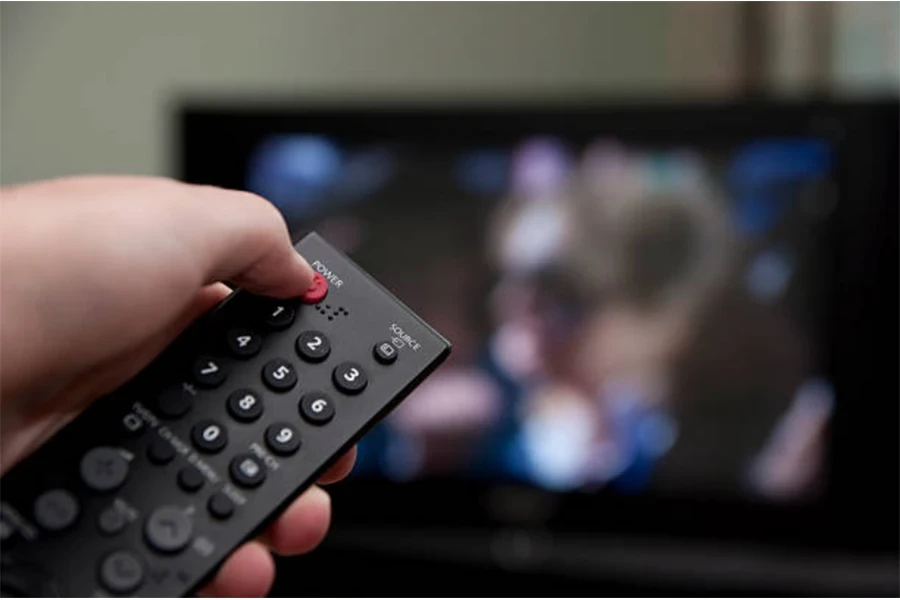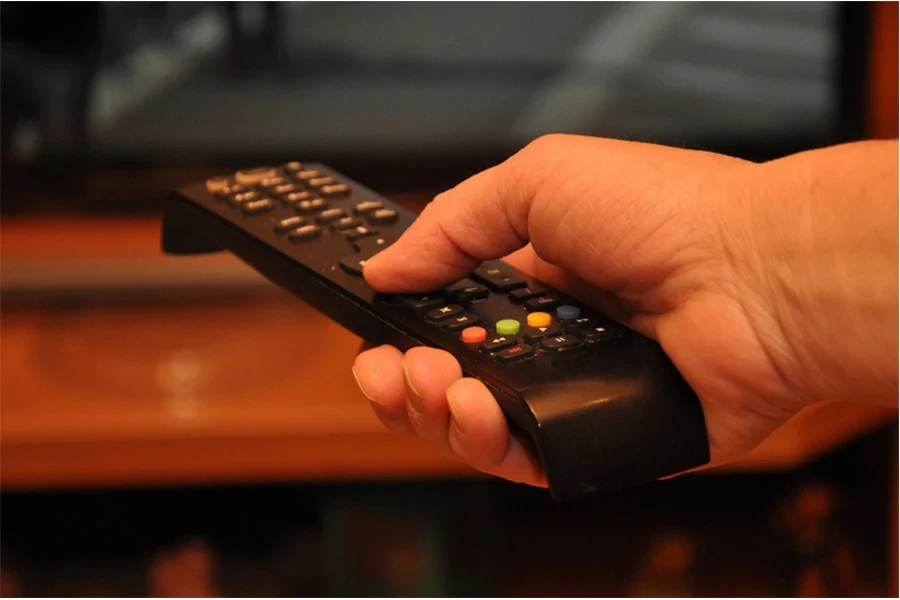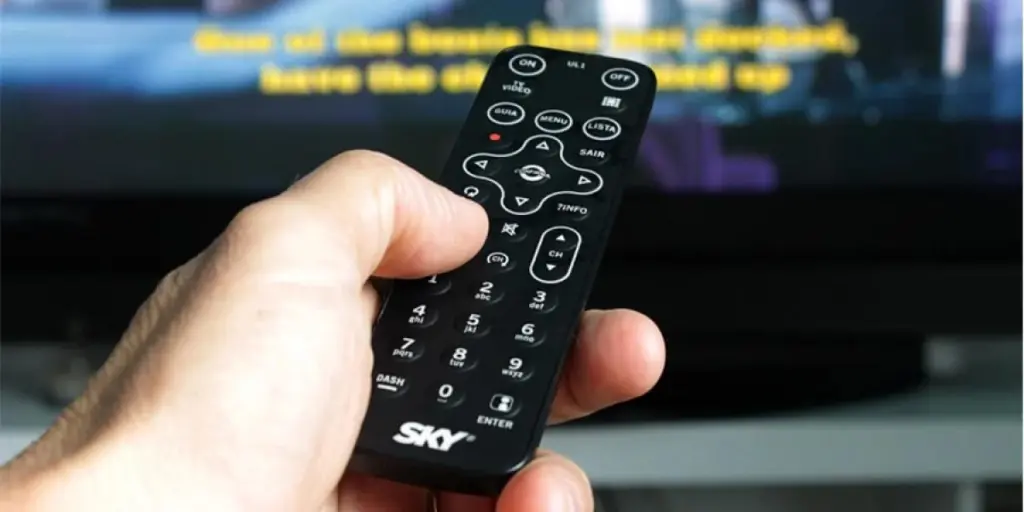The TV stick has transformed from a mere novelty to an indispensable component in the realm of home entertainment. These compact devices offer a gateway to a vast array of streaming services, applications, and interactive features, all through a user’s television. With their ability to turn any TV into a smart platform, they have become a focal point for those seeking to enhance the viewing experience with convenience and advanced technology. As these products continue to evolve, they present a significant opportunity for entities procuring the latest in entertainment tech to provide value and choice in a competitive market.
Table of Contents:
1. Defining the modern TV stick
2. Market dynamics and consumer preferences
3. Essential features of top TV sticks
4. Conclusion
Defining the modern TV stick
The modern TV stick represents a significant leap from its predecessors, which were primarily designed for streaming content. Today’s devices are complex entertainment hubs, integrating a multitude of services and functionalities. Initially, these sticks offered a simple way to access streaming platforms like Netflix or Hulu on non-smart televisions. However, the evolution has been rapid and multifaceted, leading to devices that not only stream content but also serve as central nodes for home automation, gaming, and social interaction.

From simple streaming to complex entertainment hubs
The journey from basic streaming solutions to sophisticated entertainment hubs has been driven by consumer demand for more integrated and seamless experiences. Modern TV sticks now support a range of services beyond traditional streaming; they facilitate the use of voice assistants, allow for the control of smart home devices, and offer extensive customization options. This evolution has been marked by the inclusion of higher resolution output, improved graphical interfaces, and the ability to support a wider range of apps and services. The integration of features such as live TV programming and cloud gaming has further blurred the lines between television and computing devices.
Core functionalities that define today’s TV sticks
At the core of today’s TV sticks are functionalities that cater to a high-definition viewing experience, with support for 4K resolution and HDR content becoming standard. These devices are equipped with robust processing power to handle the demands of streaming high-quality video and running complex applications. Connectivity options have expanded, with the latest models boasting Wi-Fi 6 compatibility for faster and more reliable internet connections. Voice control has become a staple feature, allowing viewers to search for content, control playback, and even manage other smart devices through their TV stick. Additionally, the current generation of TV sticks emphasizes user-friendly interfaces, with personalized recommendations and easy navigation being key to enhancing the viewer’s experience.
Market dynamics and user preferences

Current market trends in TV stick popularity
The landscape for TV sticks has seen a surge in popularity, with market trends indicating a robust growth trajectory. Experts currently value the Smart TV Sticks market at approximately USD 37.75 billion as of 2021. The market is anticipated to grow to about USD 57.295 billion by 2029. This growth is expected to occur at a compound annual growth rate (CAGR) of 5.35% from 2022 to 2029. The market dynamics are influenced by the rising popularity of over-the-top (OTT) platforms globally, technological advancements in TV sets, and the increasing adoption of smart TV sticks in the United States, which holds a significant market share. The demand for smart TV sticks is also expected to rise in developing countries, further contributing to the market’s growth.
This surge is attributed to the shift towards streaming services and the increasing demand for smart home integration. The popularity of these devices is not just a reflection of a desire for advanced technology but also an indication of the changing consumption patterns of media. The market has responded with a variety of options, catering to different segments, from budget-conscious models offering basic streaming capabilities to high-end versions with extensive features.
Insights into modern preferences and behavior patterns
Consumer preferences have shown a marked shift towards devices that offer more than just streaming. There is a growing appetite for TV sticks that provide a comprehensive entertainment experience, including gaming, live TV, and the ability to serve as a hub for smart home devices. Behavior patterns suggest that ease of use and seamless integration with other devices are highly valued. Consumers are also showing a preference for customizable user interfaces and personalized content recommendations. These insights are crucial for those selecting products, as they highlight the importance of multifunctionality and user-centric design in the current TV stick offerings.
Essential features of top TV sticks

Breakdown of must-have features in 2024 models
The variety of TV sticks available caters to a wide range of preferences and requirements. Basic models, often favored for their affordability, provide essential streaming capabilities without the frills of advanced features. Mid-range options introduce additional functionalities like voice control and enhanced resolution support, striking a balance between cost and performance. At the high end of the spectrum, premium models boast full 4K HDR streaming, extensive app ecosystems, and integration with smart home systems, offering a luxurious viewing experience.
As the calendar turns to 2024, TV sticks are not merely about streaming content; they are a testament to technological convergence. The must-have features in the latest models reflect this trend. High-definition video support is a given, with 4K resolution and HDR capabilities now the norm. Advanced models are pushing boundaries with 8K support, catering to the latest in television technology. Processing power has seen a significant uptick, with devices boasting multi-core processors to handle the demands of multitasking and high-resolution streaming without lag. Connectivity is also a key feature, with the newest devices supporting Wi-Fi 6 for faster and more stable connections. Voice control has evolved from a novelty to a necessity, with sophisticated algorithms allowing for more natural language processing and control over a broader range of functions.
Leading brands and top models

In the dynamic landscape of TV sticks, a comparative analysis of the leading brands reveals a competitive edge in the 2024 models. Amazon’s Fire TV Stick 4K (2nd Gen) and the Chromecast with Google TV (4K) emerge as frontrunners, both priced at an accessible $50 mark. The Fire TV Stick 4K distinguishes itself with Alexa integration, offering voice control and compatibility with a range of smart home devices. It supports 4K resolution and various HDR formats, including HDR10, HDR10+, and Dolby Vision, and is equipped with Wi-Fi 6 for enhanced connectivity.
Conversely, the Chromecast with Google TV (4K) caters to Google Assistant users, offering an intuitive interface and robust voice control capabilities. It also supports 4K content with HDR10 and Dolby Vision, and is particularly user-friendly for Android device owners due to its Google Cast feature.
For those without a 4K TV, both brands offer 1080p alternatives. Amazon’s Fire TV Stick (3rd Gen) and Google’s Chromecast with Google TV (HD) provide cost-effective solutions for upgrading older televisions, with the former being a strong choice for Alexa users and the latter for those embedded in Google’s ecosystem.
Roku’s offerings, such as the Roku Streaming Stick 4K, stand out for their affordability and AirPlay support, making them an attractive option for Apple device users. The Roku interface is streamlined for media streaming, offering a less complex user experience without the additional smart home or voice assistant features.
Apple’s TV 4K (3rd Generation), while at a higher price point, offers deep integration with Apple devices and services, including Siri voice control and HomeKit hub functionality, making it a premium choice for dedicated Apple users.
Each brand has carved out its niche, with Amazon and Google focusing on integrating their respective voice assistants and smart home ecosystems, while Roku and Apple leverage their compatibility with iOS devices. The selection ultimately hinges on the consumer’s preference for ecosystem integration, voice control capabilities, and budget considerations.
Selection tips for entertainment requirements

In the selection of TV sticks, aligning products with consumer entertainment requirements is a strategic endeavor. The criteria for matching these devices to entertainment needs are multifaceted. Firstly, video quality is paramount; with the prevalence of 4K and now 8K televisions, a TV stick must support high-resolution content. Secondly, compatibility with various streaming services ensures that consumers have access to a broad range of content. Thirdly, ease of use through intuitive interfaces and reliable connectivity options, like the latest Wi-Fi standards, are essential for a seamless viewing experience. Lastly, additional features such as voice control, smart home integration, and personalized content recommendations are increasingly becoming deciding factors for consumers.
Conclusion
The selection of TV sticks is a critical decision that shapes the future of home entertainment. The insights gathered underscore the necessity for devices that not only cater to the high-resolution streaming demands of modern viewers but also integrate seamlessly with the expanding universe of smart home technology. As the industry progresses, these tools will continue to play a pivotal role in defining the home entertainment experience, with their strategic selection being instrumental in meeting the sophisticated entertainment requirements of today’s consumers.




